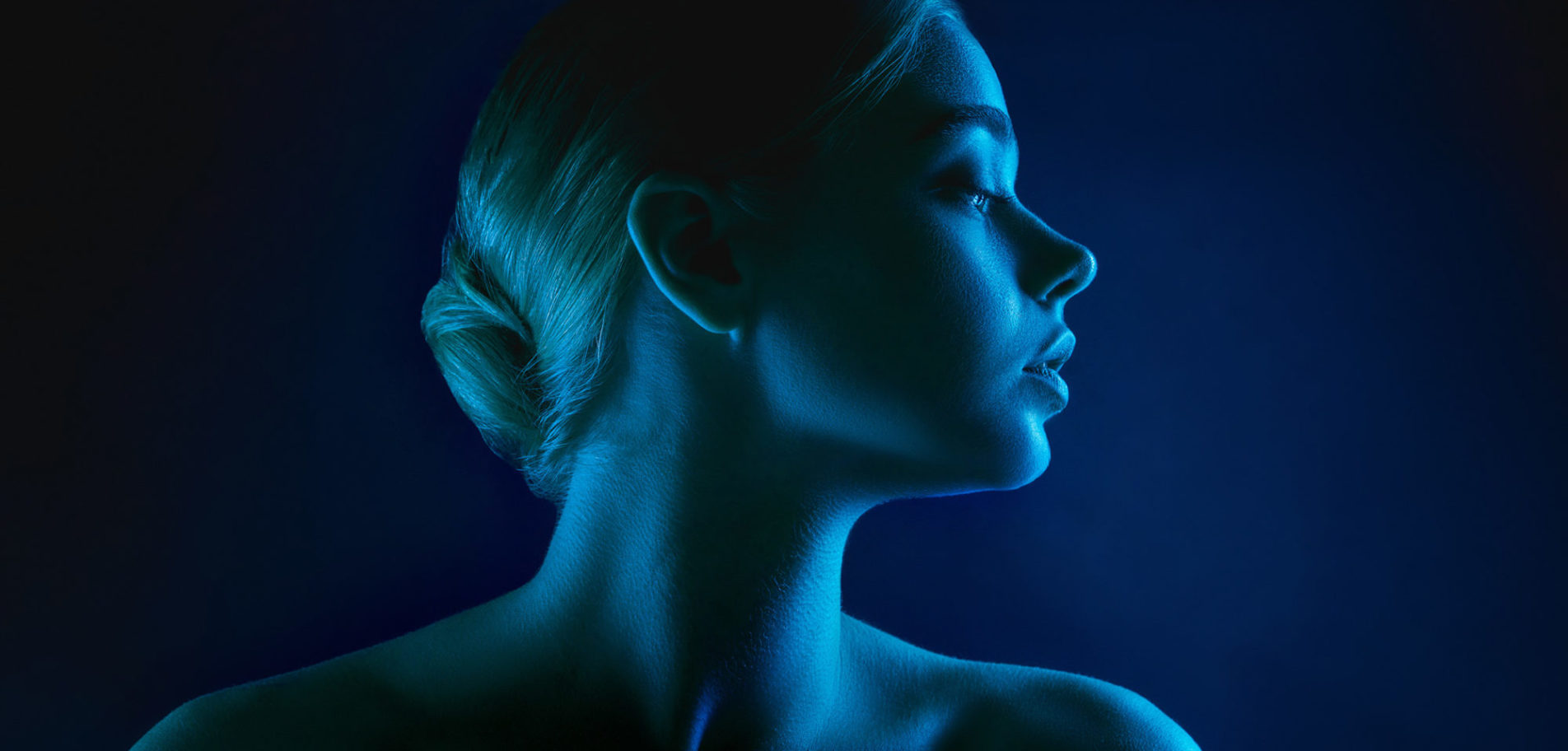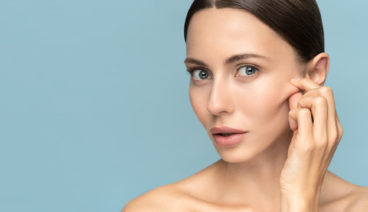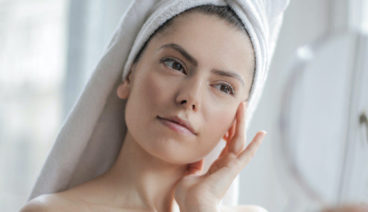Since the beginning of human life, our skin has always been exposed to different levels of light. However, not every wavelenghts of light have the same impacts on our skin, some can be good and other bad.
We already know that long-term sun exposure causes premature ageing, but the evolution of our life habits has new impacts. We are not anymore exposed to adequate levels of natural light during the day due to our sedentary way of life.
With the pandemic crisis, the average time spent in front of our computers or smartphones has dramatically increased. Indeed, we went from 8.41 hours per day during the quarantine, and we now spend more than 13.28 hours a day all devices considered.
As a result, we’re getting more blue light exposure than naturally!
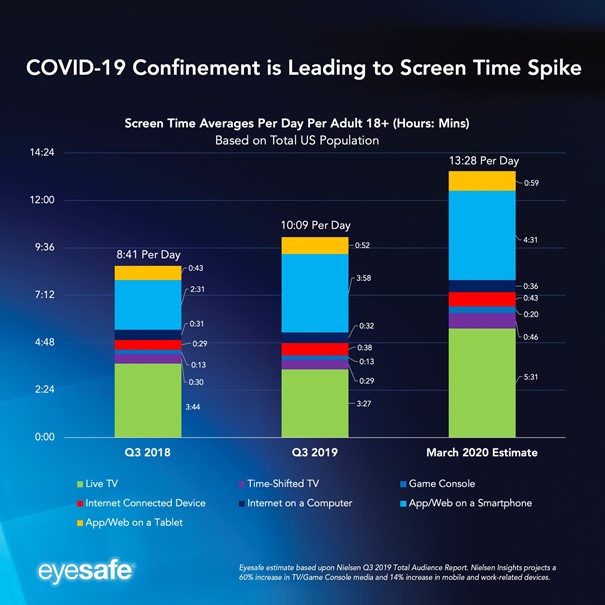
Covid-19: Screen time spikes to over 13 hours per day according to Eyesafe Nielsen estimates
What is blue light?
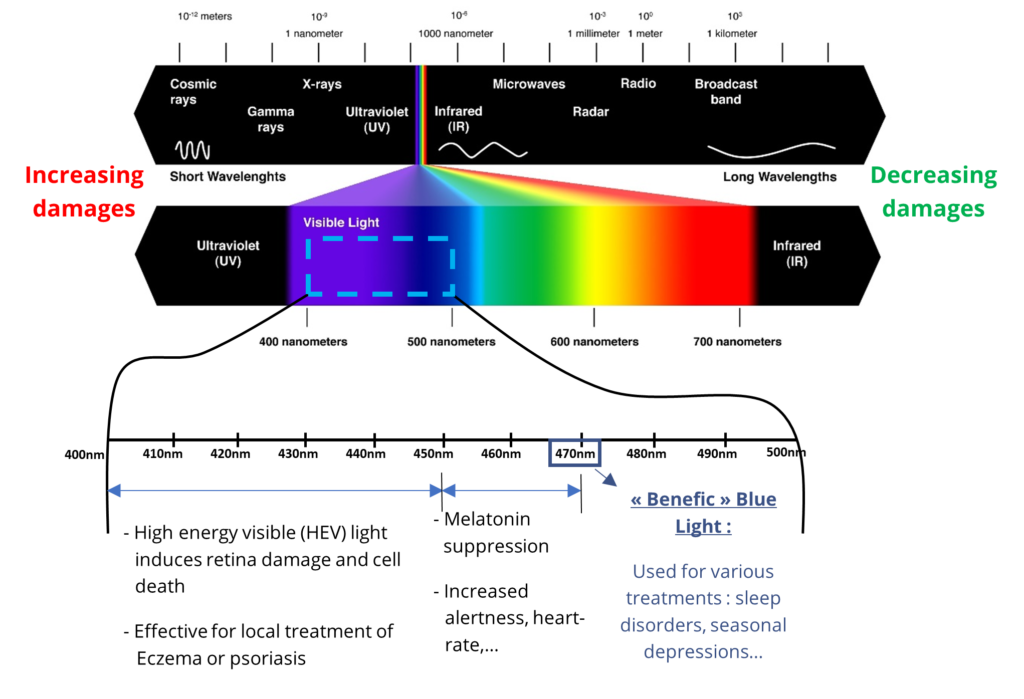
Blue light is everywhere. When outside, light from the sun travels through the atmosphere. The shorter, high energy, blue wavelengths collide with the air molecules causing blue light to scatter everywhere. This is what makes the sky look blue. In its natural form, our body uses blue light to regulate our natural sleep cycles. This is known as our circadian rhythm. Blue light also helps boost alertness, heighten reaction times, elevate moods, and increase the feeling of well-being.
While the green light does affect our skin in the same manner as blue light, the Harvard study shows that blue light affects the body and the level of melatonin more drastically than green light. For example circadian rhythms will be shifted and sleep will be induced later than naturally.
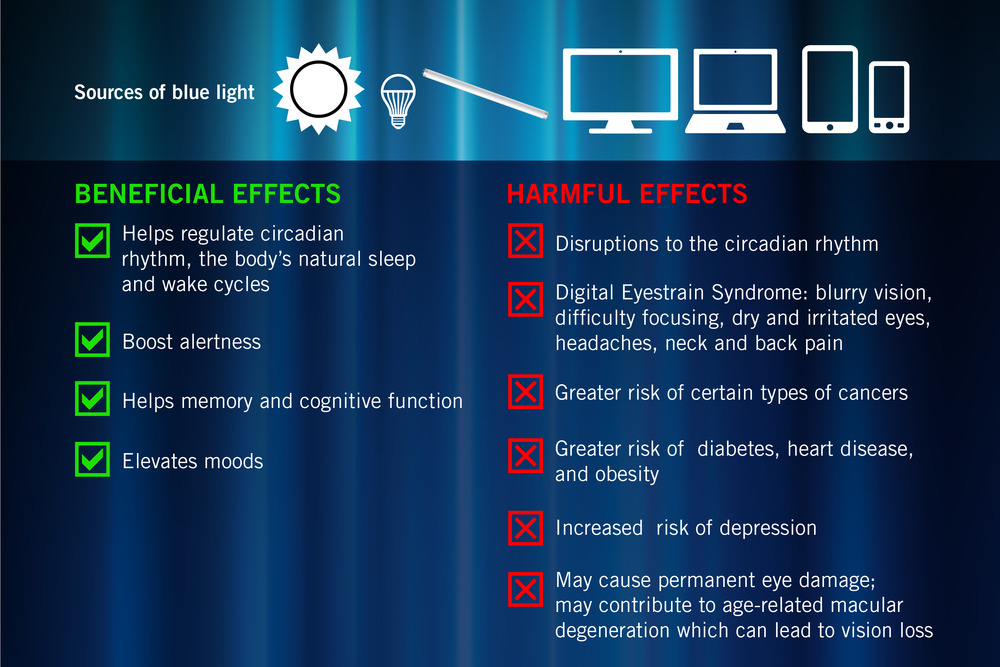
Sources of blue light include the sun, digital screens (TVs, computers, laptops, smart phones and tablets), electronic devices, and fluorescent and LED lighting.
Source: Where is the increased exposure to blue light coming from? (Blue Light Exposed)
The effect of blue light on skin
Researches on how blue light affects the skin start to appear more and more. We already know that blue light induces oxidative stress thus contributing to skin ageing. Even worse: blue light is able to penetrate deeper into the skin, passing through the epidermis and dermis to the subcutis layer reaching collagen and elastin. Those are crucial scaffolding proteins responsible for firm skin. A long exposure to blue light will modify the organisation of collagen and elastin networks resulting in a looser skin over time.
Blue light can also act as UV light and induce hyperpigmentation and melasma.
From these facts, it would be foolish to consider visible light as safe. We know now that protecting human skin from sun exposure is not enough.
A first study carried out by BH Mahmoud et al. (2010) showed very interesting results suggesting that visible light could potentially produce darker and longer-lasting pigmentation than UV radiation. They also demonstrated that the response to UVA and visible light irradiation depends on skin type.
Moreover, C Opplander et al. (2011) proved that blue light may induce varying degrees of intracellular oxidative stress, which could bring on skin photoaging. Otherwise, due to its antiproliferative and toxic properties, we could use the blue light as a new way to treat and prevent keloids, scars and fibrotic skin diseases.
Additionally, J Liebmann et al. (2010) carried on a study using LED arrays to evaluate the effects on skin cells of distinct wavelenghts. They showed that the use of irradiation devices emitting light with wavelengths between 412 and 453 nm leads to an elevated differentiation in human keratinocytes. Then light therapy with correct wavelengths should be helpful for patients with hyperproliferative skin diseases.
BioMeca® has also demonstrated the impact of blue light irradiation on fibroblasts and collagen organization. We clearly showed that blue light exposure increases stiffness by modulating collagen network production and structure.
So is blue light good or bad? Well… Both!
Light therapy (including blue light) undeniably has benefits for acne and other skin disorders with no harmful effect if it is used at the correct wavelengths.
It’s still hard to conclude about a dramatic harmful effect of blue light on the skin, as there are still too few studies done on this matter. However, as we expose ourselves constantly to visible light (even in the dark with our smartphones and other devices), we need to consider a more relevant and better protection of our skin. Lacks of firmness, photoaging, brown spots, melasma and hyperpigmentation are real! We need to have a more comprehensive stance when it comes to use protective cream. They need to include specific filters to UVs and blue light to be effective. We are never sufficiently protected…
Discover our solutions
Evaluation of production of extracellular matrix components
Blue light
Skin barrier
Follow our other news
The relationship between skin elasticity and viscoelasticity
 24 January 2024
24 January 2024Are you a smoker? Here’s how it affects your skin!
 29 November 2022
29 November 2022Why are simplicity and multifunctionality new trends in the beauty market?
 19 October 2022
19 October 2022


